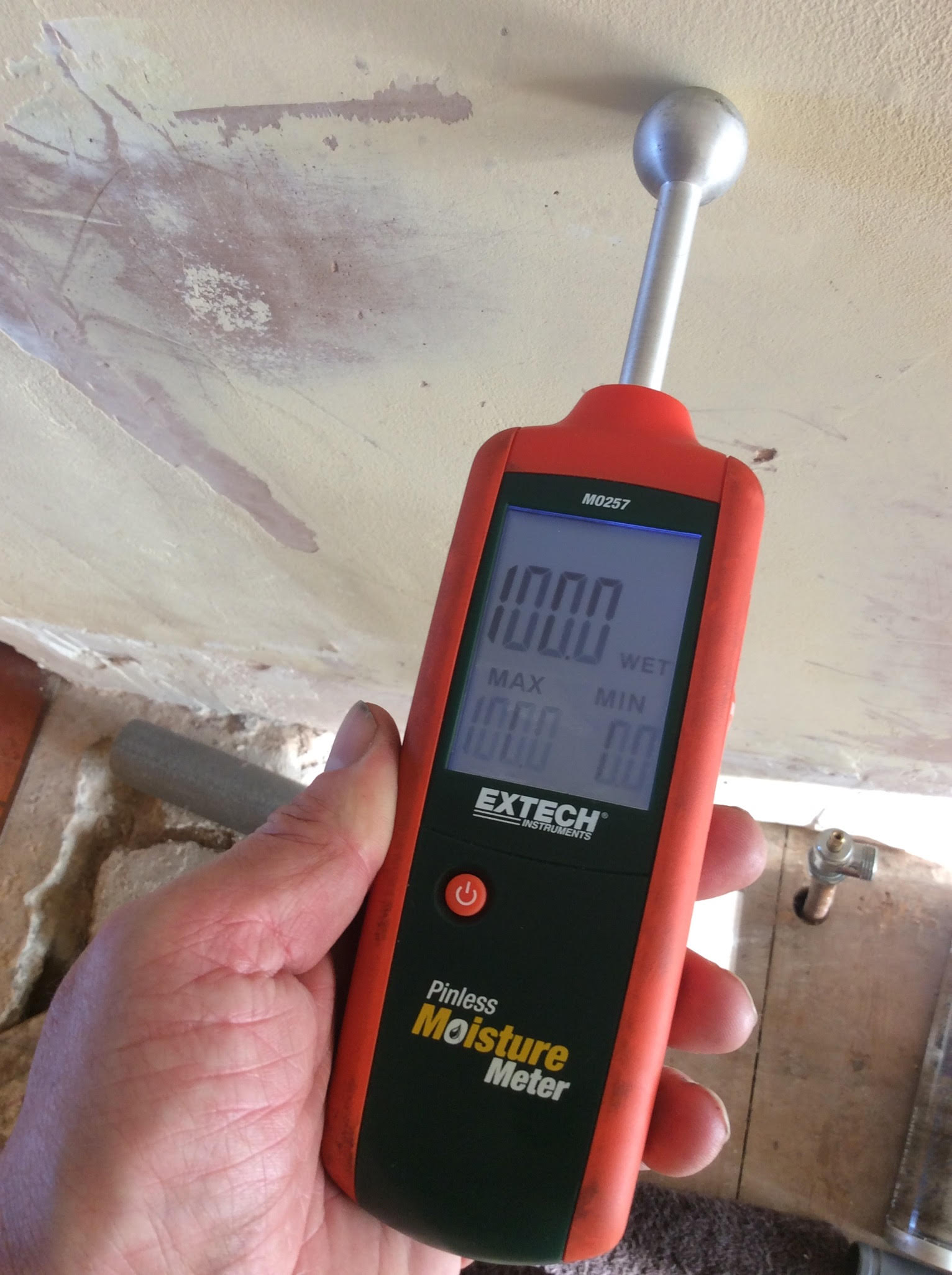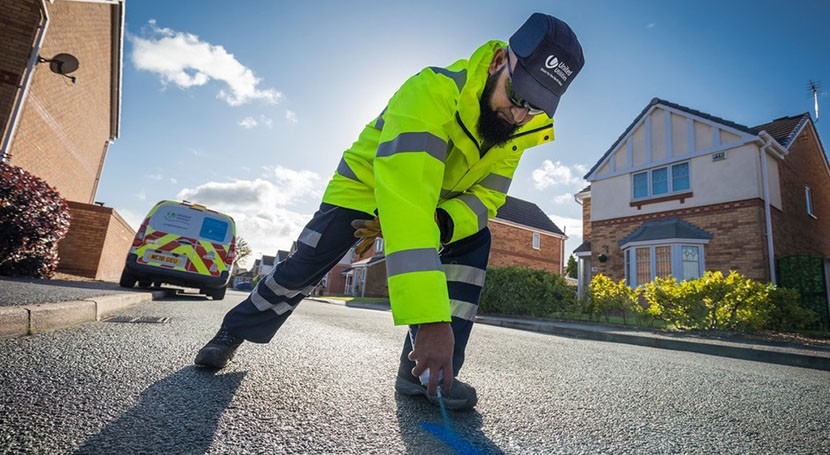How Specialist Water Leak Detection Can Save You Cash and Prevent Damage
How Specialist Water Leak Detection Can Save You Cash and Prevent Damage
Blog Article
Ingenious Solutions for Early Discovery of Water Leaks in Buildings and Facilities
From sophisticated leak discovery technologies to the deployment of IoT sensing units for real-time tracking, the landscape of leak avoidance is developing swiftly. Automated water circulation evaluation systems are reshaping how leakages are determined and resolved, leading the means for an aggressive method to water leakage detection.
Advanced Leakage Discovery Technologies
Advanced leak detection technologies, furnished with innovative sensing units and formulas, play a crucial duty in quickly identifying and determining water leaks in various setups. These technologies utilize a mix of acoustic, thermal, and electro-magnetic picking up approaches to find leakages accurately. Acoustic sensing units spot the audio of running away water, permitting for precise localization of the leak resource. Thermal imaging discovers temperature level adjustments created by water leakage, offering one more effective technique for leak recognition. Electromagnetic sensors can determine modifications in magnetic fields created by water, providing yet another layer of leakage detection capacity.

IoT Sensors for Real-Time Surveillance
In the world of modern-day water leakage detection, the integration of IoT sensors for real-time tracking represents a crucial innovation in enhancing proactive leakage discovery capacities. These sensors use continual tracking of water supply, providing real-time data on water circulation rates, pressure variants, and temperature modifications. By leveraging IoT technology, these sensing units can spot also the tiniest anomalies in water use patterns, allowing early identification of possible leaks prior to they rise into major concerns.
IoT sensors transfer data to a centralized system, where innovative algorithms analyze the info and produce notifies or alerts when abnormalities are discovered. This real-time surveillance capability permits building proprietors or center managers to without delay address leakages, minimizing water damages, lowering fixing prices, and saving water sources.
In addition, IoT sensors can be integrated with building monitoring systems, enabling for computerized responses to discovered leaks, such as closing off water valves or triggering pumps to reduce the impact of leakages. In general, the application of IoT sensors for real-time monitoring substantially boosts the effectiveness and efficiency of water leakage detection in structures and framework.
Equipment Knowing Algorithms for Leak Forecast

One secret advantage of using artificial find intelligence for leakage prediction is its capability to continually find out and enhance its accuracy with time. As more data is collected and fed into the formula, it can refine its predictions and adapt to transforming problems, inevitably raising the integrity of leakage detection systems.
Furthermore, artificial intelligence formulas can help in determining subtle signs of leaks that may go undetected by conventional monitoring approaches. water leak detection. By analyzing complicated information embed in real-time, these formulas can offer early cautions and informs, enabling timely treatment and precautionary upkeep to minimize potential water damages and connected expenses
Utilizing Thermal Imaging for Leak Discovery
Thermal imaging technology supplies an encouraging technique for discovering water leaks in numerous systems and facilities. By using infrared radiation and temperature variations, thermal imaging video cameras can recognize hidden leaks that are not quickly noticeable to the naked eye. When water runs away from pipelines or structures, it frequently transforms the temperature of the bordering area, producing temperature differentials that thermal cameras can capture. These temperature irregularities are then equated into visible pictures, highlighting the exact location of the leak.
One of the crucial benefits of thermal imaging for leakage detection is its non-intrusive nature. Unlike conventional methods that might need burglarizing walls or floors to find leaks, Continued thermal imaging enables non-destructive testing. This not only conserves time and reduces prices but additionally minimizes disturbance to the structure or infrastructure being evaluated. Additionally, thermal imaging can swiftly check large locations, giving an extensive summary of potential leakage resources in a timely manner. In general, the usage of thermal imaging technology boosts the efficiency and accuracy of water leak discovery, making it a valuable device for maintaining the honesty of structures and facilities.
Automated Water Flow Evaluation Systems
Just how can automatic water circulation evaluation systems transform the discovery and administration of site link leaks in numerous systems and infrastructures? Automated water circulation analysis systems offer a proactive technique to leak discovery by continually checking water circulation prices and patterns. By establishing baseline information, these systems can rapidly identify variances that may indicate a leakage, enabling timely intervention to protect against considerable damages.
These systems make use of innovative formulas to analyze real-time data and give instant informs when anomalies are identified, enabling speedy action to be taken. Furthermore, automatic water circulation analysis systems can be incorporated with structure monitoring systems or IoT platforms, enhancing general efficiency and allowing remote surveillance capabilities.
In addition, the information gathered by these systems can be made use of for anticipating maintenance purposes, assisting to identify potential weak factors in the framework before leakages occur. In general, the implementation of computerized water circulation analysis systems can considerably improve leak detection and monitoring methods, inevitably bring about cost financial savings, decreased water wastage, and increased sustainability in structures and framework.

Conclusion
Finally, the integration of sophisticated leakage detection innovations, IoT sensing units, equipment learning algorithms, thermal imaging, and automated water circulation evaluation systems provides cutting-edge remedies for early detection of water leaks in structures and framework. These technologies allow real-time surveillance, prediction of leakages, and reliable discovery approaches to stop water damages and wastage. Implementing these solutions can help in preserving the honesty and sustainability of water supply in numerous setups.
Report this page